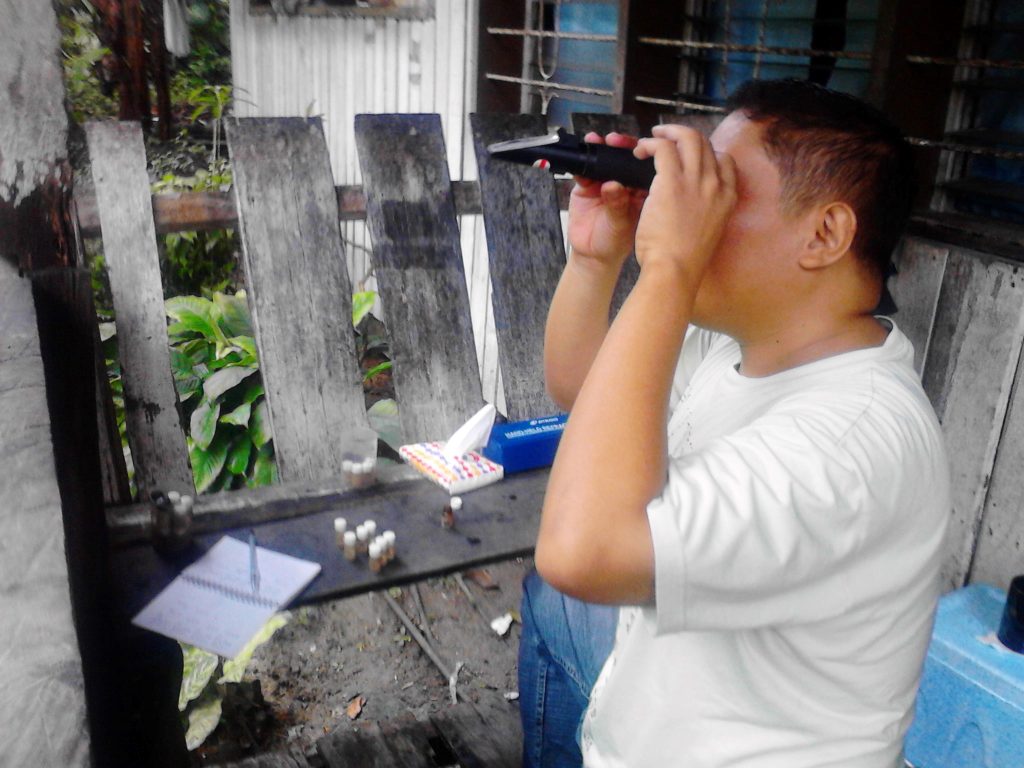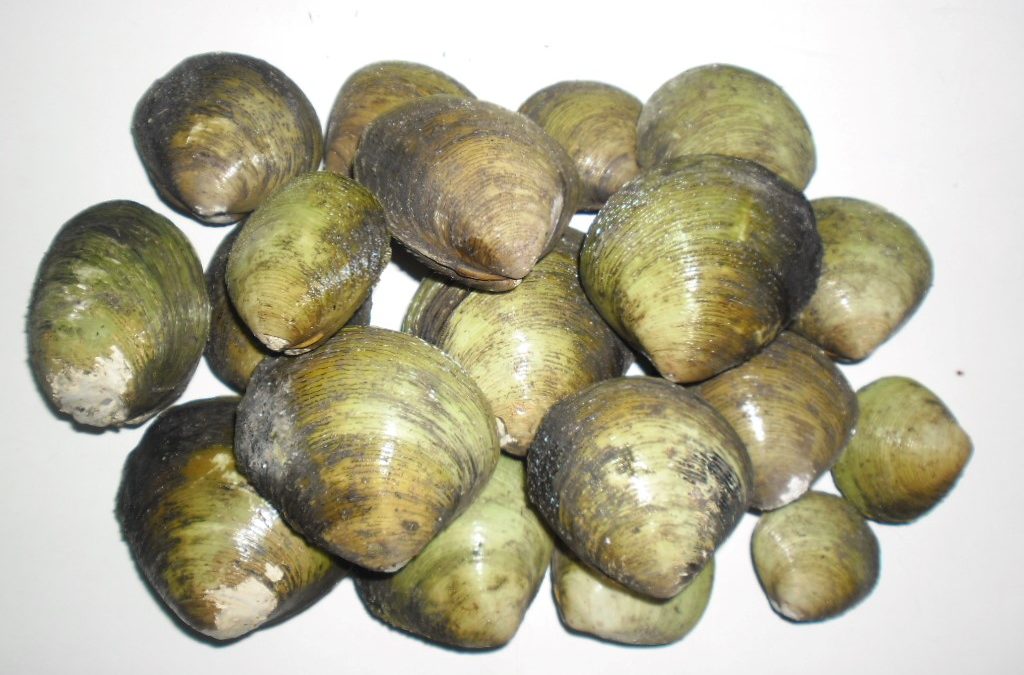Geloina expansa, locally known as “lukan” is a mud clam species commonly found in brackishwater areas in western Pangasinan and considered a candidate for aquaculture. Faculty researchers of PSU Binmaley Campus led by Prof. Francis Albert T. Argente and his colleagues, studied some aspects of the biology of this species. The studied the influence of several environmental parameters on the physiology of the mud clam G. expansa under natural conditions. Monthly collections of lukan shells were done to study to calculate the body condition and gonad index of the clams on a year-round basis. Results showed that highest body condition were recorded during the months of May to August. On the other hand, monthly gonad indices ranged from 9.64 to 26.51, with low values observed from November to February and from June to July, which indicates the period of spawning. This study provided environmental and biological information that may be used to develop culture techniques for G. expansa under hatchery conditions. The study entitled, “Some ecophysiological information on Geloina expansa (Bivalvia: Cyrenidae) population in Santiago River, northern Philippines: prelude to aquaculture technique development” was published in 2021 in the International Journal of Aquatic Biology.


